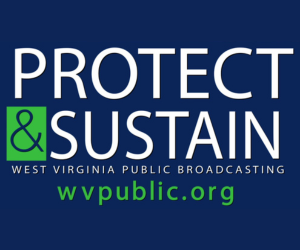Since its implementation in 2021, the Hope Scholarship has been a flashpoint for discussions of school choice and funding for education.
As part of her capstone project Jules Ogden, a recent graduate of West Virginia University, looked into the program’s impact on the families that use it as well as the public education system. She spoke with Chris Schulz about her reporting, which you can read here.
This interview was edited for length and clarity.
Schulz: What is the Hope Scholarship?
Ogden: The Hope Scholarship is an educational savings account program in West Virginia. Basically, what that does is it redirects public school funding per pupil to eligible students for them to use for allowed purposes, decided by the state. That can include private school tuition, micro schooling, homeschooling materials, uniforms, a variety of things that are approved and qualified by the state.
Schulz: You reported on the Hope Scholarship as part of your capstone project at WVU. What drew you to this scholarship program for that project?
Ogden:My mom is an educator in the state. She’s worked in the public schools, she works at the university and I’ve just always been really drawn to educational issues, I think, because of that. I’ve done a lot of higher education reporting. I have experience reporting on WVU when I was a student. I wanted to challenge myself a little bit and I noticed the Hope Scholarship was kind of a hot topic in the fall so I decided to take a stab at it. And even though I did, I feel, extensive reporting, there’s still a lot more to it than I can even get to.
Schulz: How exactly do families qualify for this program?
Ogden: All kindergarten through 12th grade students are eligible if they’ve previously been enrolled in the public schools. A lot of students who were already pulled out by the time Hope was implemented in West Virginia weren’t necessarily eligible. However, the only real requirement is that they must have been enrolled for 45 days.
Schulz: What did you hear from the recipients that you spoke to about why they want this program?
Ogden: I actually interviewed a mother whose daughter received the Hope Scholarship, and she has some learning disabilities that require a little bit more attention that she didn’t feel she could get in the public schools. She also felt that Hope would give her more opportunities to be able to provide more individualized education for her daughter, something she wouldn’t otherwise have been able to afford, if she had not had Hope. I think a lot of parents who are taking advantage of this opportunity are looking to either individualize their education or look for needs that they might not have been able to get otherwise.
Schulz: You also spoke to some people who are more skeptical of the program, or outright critical. What did they have to say about Hope Scholarship?
Ogden: I think a lot of opponents of the scholarship are really concerned about the redirection of some of the funding from public schools. That’s the biggest argument I’ve heard from people I’ve spoken to. I spoke to a source at the West Virginia Center on Budget and Policy and she was explaining to me that it’s not the entire public school state funding that’s being redirected when a student leaves. However, there is some funding that is leaving, and that has resulted – according to a study that they did in December – [in] many educators losing their jobs. It was something like 350 public school educators or personnel who lost their jobs due to a lack of funding, reduced funding because of the Hope Scholarship. I think the biggest opponent here is that this funding is being redirected and they don’t really see that as being balanced enough.
Schulz: Can you tell us a little bit more about the financing of all this? What are the financial implications for the state and public schools?
Ogden: Eligible students receive around $4,500 during the academic year from the state when they’re accepted into this program. Previously, the scholarship had a strict application deadline, and students who received the scholarship got the full amount if they met that deadline. Now, the application is rolling and depending on how late in the academic year a student is applying and is accepted, the amount they received could be a little lower. It is prorated.
In terms of the public schools and the redirection of funding, there’s a couple of different ways that public schools are funded per student. Some of that money comes from the federal government, others of it is state taxpayer money. When a student leaves because of Hope, not all of that per pupil funding is leaving with that student when they exit, so the Hope Scholarship is only redirecting the state taxpayer funding that is per pupil so that federal funding per student is still remaining in the public school system.
Schulz: You mentioned that there have been, since the implementation of Hope, some changes to the application process. What is this new change to the Hope Scholarship?
Ogden: Previously, it was a little bit harder if you hadn’t already been enrolled in the public school by the time that Hope was implemented for you to be eligible. But for the 2026-27 school year, the Hope Scholarship will be expanded. That requirement that you would have had to be enrolled in public school will disappear. So these students who maybe have been homeschooled for years, several years prior to the Hope Scholarship, or have been in private schools or any number of other education will now be eligible for that scholarship.


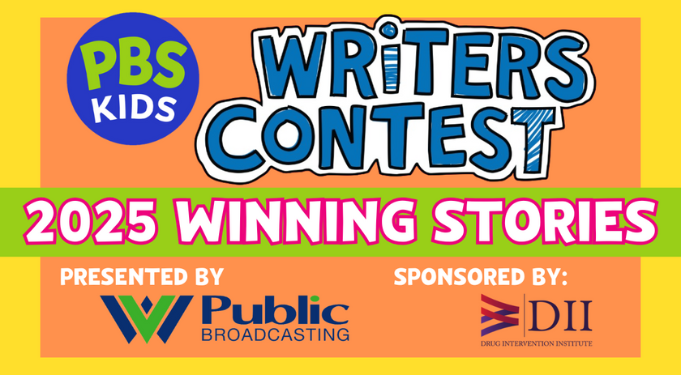
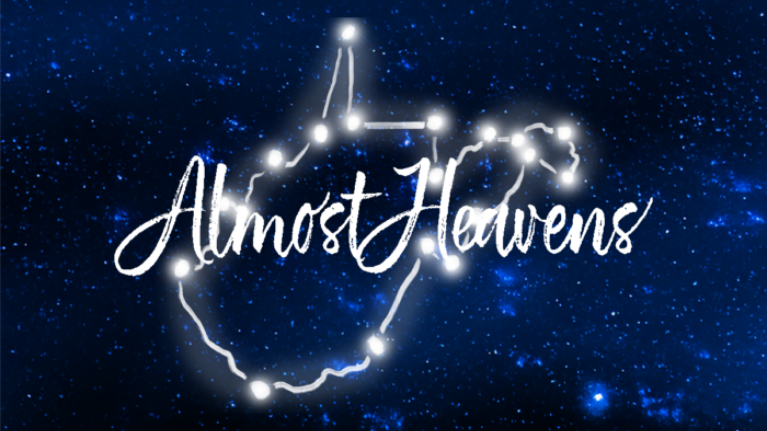
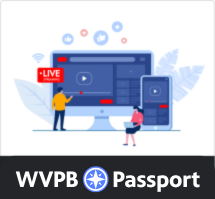
















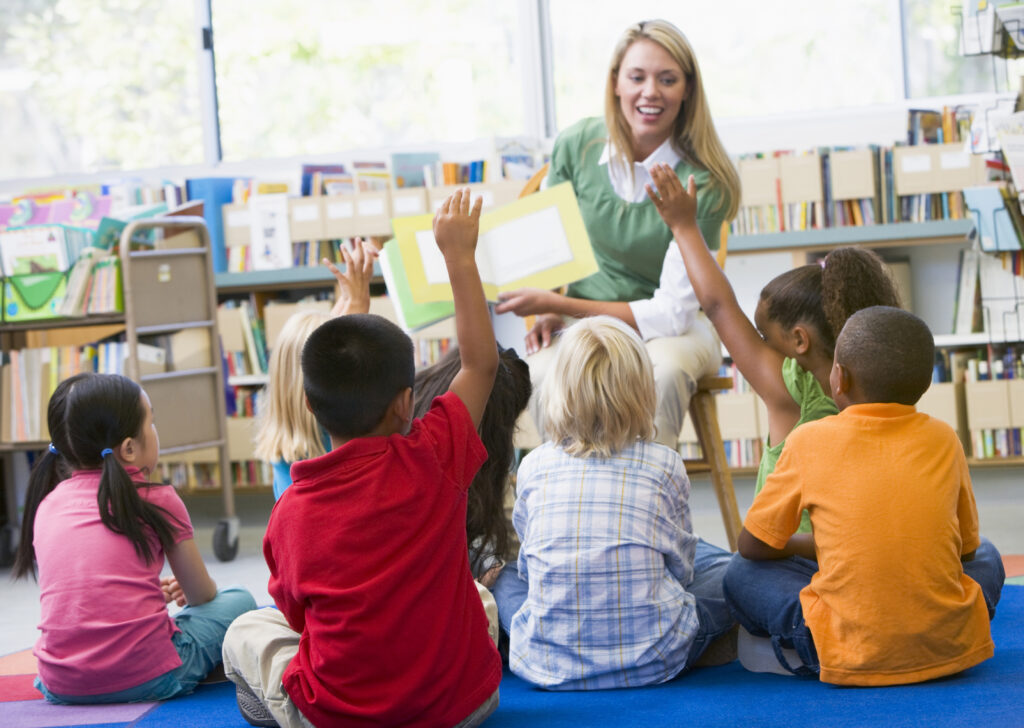 iStockphoto
iStockphoto
